
SHINE&SHINE Juice is a 100% Hong Kong brand. It started in 1991 and has been around for three decades. The production and distribution of its products are all carried out in Hong Kong, China. The group's business model is very easy to understand. The entire process from the production to the completion of freshly squeezed juice mainly depends on three factors. Carefully selected high - quality and stable fruit raw materials, appropriate processing technologies, and strict quality and safety monitoring are all essential conditions for producing fresh fruit juice. Each link is closely interlocked and meticulously carried out.
Hong Kong brands
Factory establishment
Professional experience
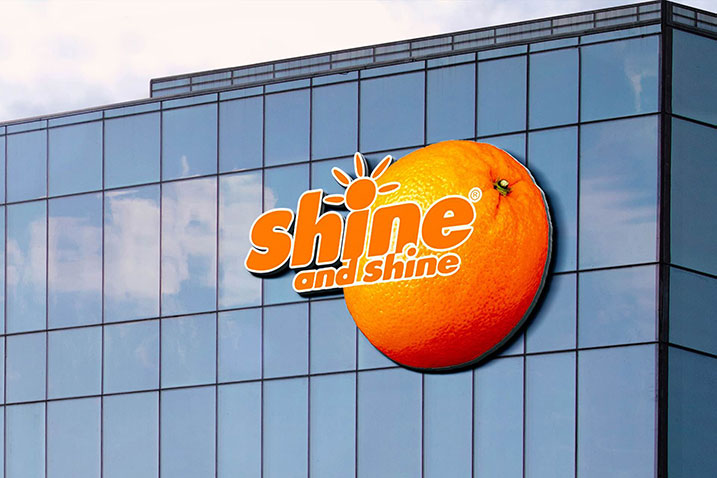

Specifications:300ml 1L
Ingredients:Pink Guava Juice, Pear Juice
Raw material origin:Vietnam(Guava)
Taste and texture:
It has a rich fruit aroma, is sweet and refreshing. The taste is smooth and thick. The delicate pink color is extremely appealing to the girlish heart. The unique tropical fruit fragrance leaves a lingering aftertaste.
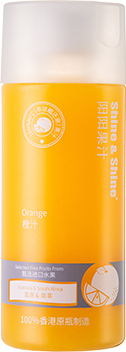
Specifications:300ml 1L
Ingredients:Orange Juice
Raw material origin:Australia、South Africa
Taste and texture:
Fresh orange aroma, sweet and sour taste, abundant pulp, and it can dispel greasiness. The highly saturated and transparent orange-yellow color is filled with the atmosphere of a beautiful morning. Coupled with the sweet and sour flavor, taking a sip will give you a good mood for the whole day.
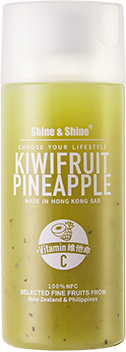
Specifications:300ml 1L
Ingredients:Kiwi Juice, Pear Juice
Raw material origin:New Zealand、Chile(Kiwi)
Taste and texture:
With a fresh fruit aroma, a sweet and sour taste that is refreshing, abundant pulp, and an alluring flavor, taking just one sip will immediately make you feel full of fruity energy.

Specifications:300ml
Ingredients:Mango juice, apple juice, lemon juice, vitamin C
Raw material origin:Philippines (mangoes), South Africa (lemons)
Taste and texture:
Sweet and rich, sour and refreshing, with a smooth and dense texture. The rich and sweet mango is paired with the sour taste of lemon and the sweet freshness of apple. The wonderful combination of the three is just right.
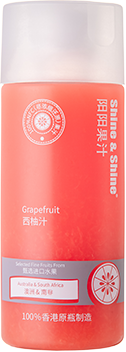
Specifications:300ml
Ingredients:Grapefruit Juice
Raw material origin:South Africa,Australia
Taste and texture:
Fresh grapefruit aroma, refreshing flavor, abundant pulp, helps relieve greasiness and clear oil, with a sour, refreshing aftertaste that leaves you full of vitality.
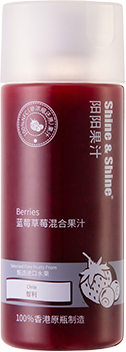
Specifications:300ml 1L
Ingredients:Blueberry juice, strawberry juice, pear juice
Raw material origin:Chile (Blueberries, Strawberries)
Taste and texture:
Rich in fruit aroma, sweet and refreshing, with abundant pulp. The wonderful combination of blueberries, strawberries and pear juice adds texture layers and has a moderate level of sweetness.
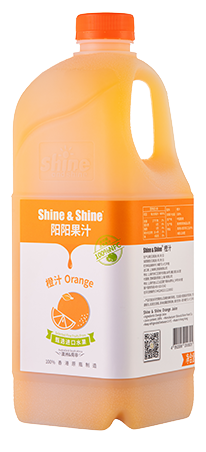
Specifications:2L
Ingredients:Orange Juice
Raw material origin:Australia、South Africa
Taste and texture:
Fresh orange aroma, sweet and sour taste, abundant pulp, and it can dispel greasiness. The highly saturated and transparent orange-yellow color is filled with the atmosphere of a beautiful morning. Coupled with the sweet and sour flavor, taking a sip will give you a good mood for the whole day.
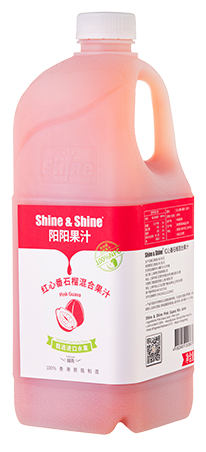
Specifications:2L
Ingredients:Pink Guava Juice, Pear Juice
Raw material origin:Vietnam(Guava)
Taste and texture:
It has a rich fruit aroma, is sweet and refreshing. The taste is smooth and thick. The delicate pink color is extremely appealing to the girlish heart. The unique tropical fruit fragrance leaves a lingering aftertaste.
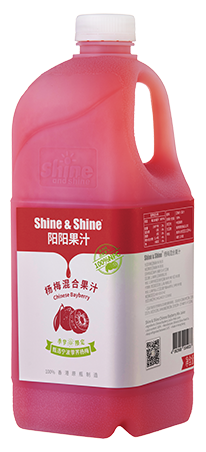
Specifications:2L
Ingredients:Bayberry juice, pear juice
Raw material origin:ZheJiang
Taste and texture:
Waxberries have a unique flavor. When you put them in your mouth, there is a hint of natural pulp granularity, and the ratio of sweet and sour is perfectly balanced. After being chilled, they are even more refreshing and cool. Every bite is as satisfying as taking a bite of juicy waxberry pulp.
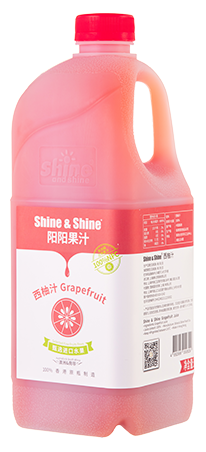
Specifications:2L
Ingredients:Grapefruit Juice
Raw material origin:South Africa,Australia
Taste and texture:
Fresh grapefruit aroma, refreshing flavor, abundant pulp, helps relieve greasiness and clear oil, with a sour, refreshing aftertaste that leaves you full of vitality.







 South Africa
South Africa


The pulp is rosy and glistening, with delicate, tender and juicy flesh. It contains fruit citric acid and is rich in nutrients. It is a representative specialty fruit in South Africa and has a long history of cultivation and development.
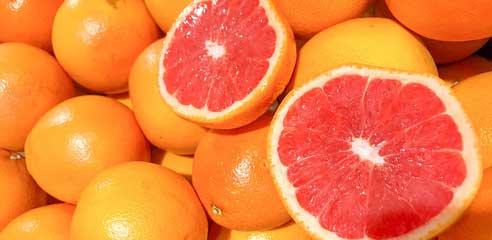
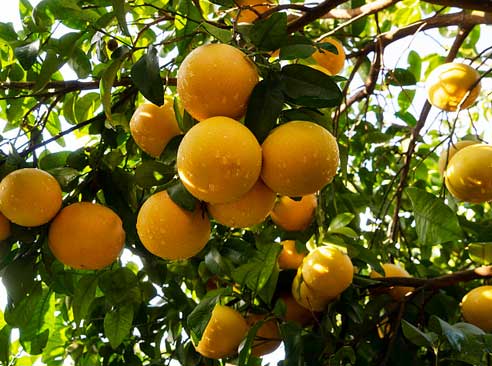
Relying on fertile soil, sufficient sunlight (with over 3,000 hours of sunshine per year), a pollution - free ecological environment, and a climate with high temperatures and abundant rainfall, high - quality citrus fruits are nurtured. Australia's unique Mediterranean climate, characterized by "hot and dry summers, and mild and rainy winters", along with reliable food safety guarantees, ensure that all the grapefruits grown are of high - quality products.



The red-fleshed guava is a tropical fruit with vibrant red-pink flesh, offering a sweet flavor, tender texture, and rich aroma. It is highly nutritious, containing abundant vitamin C, vitamin A, antioxidants, potassium, and dietary fiber. Fresh red-fleshed guava provides over 330 mg of vitamin C per 100 grams of fruit.
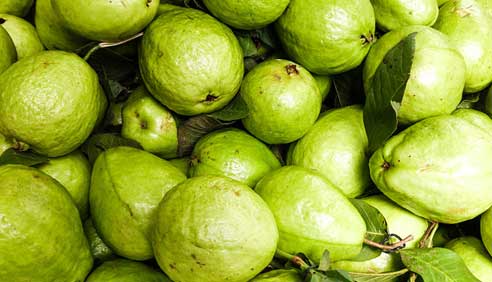
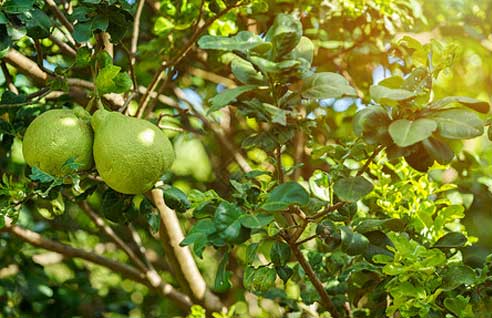
Vietnam, with its tropical monsoon climate, enjoys year-round temperatures between 21°C and 28°C, abundant sunshine, and annual rainfall of 1,000 to 2,000 mm. The warm and humid conditions make it a prime region for cultivating tropical fruits like guava.
 Philippines
Philippines

Originating from the Philippines, this mango is a premium variety renowned in global markets. Its flesh is a vibrant golden-orange, with a sweet and fragrant aroma, a tender and juicy texture, and minimal fiber. The fruit’s exceptional sweetness and superior quality make it one of the world’s most beloved and widely consumed mango varieties.
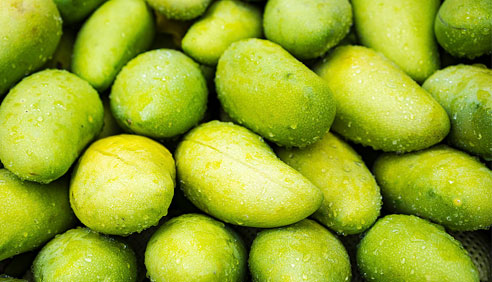
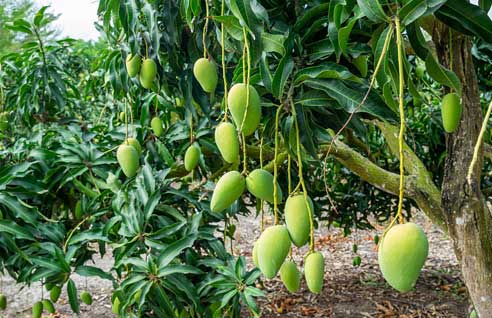
Philippine mangoes are renowned for their high yield and superior fruit quality. They are primarily cultivated in the Ilocos and Zamboanga regions, with key varieties including the Carabao, Pico, and Kachamita. Among these, the Carabao mango stands as the premium variety, marketed under brands like "Super Manila" or "Luzon," which exclusively refer to this prized cultivar.
 Australia
Australia

This citrus variety is one of the most widely cultivated in the world. Its flesh is a vibrant orange-yellow, offering a perfect balance of sweetness and tartness, with a rich flavor profile. The fruit is characterized by its thin skin and abundant juice, making it a superior quality variety that is especially prized for juicing.
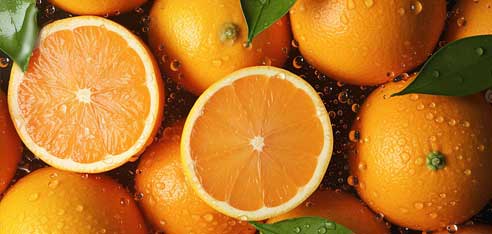
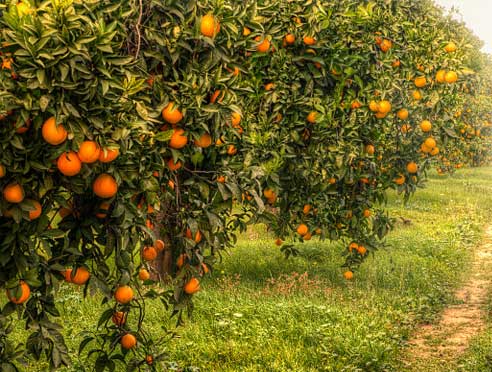
Featuring a balanced sweet-tart flavor, rich texture, golden hue, and abundant juice, these oranges thrive in the Mediterranean climates of South Australia and Southern South Africa. With dry, hot summers and mild, wet winters—coupled with ample sunlight, fertile soils, and pristine ecosystems—these regions yield premium-quality fruit. By sourcing oranges from different regions seasonally, we ensure only peak-ripeness, in-season fruit is pressed for juice.
 New Zealand
New Zealand
It is the most commonly cultivated variety in the world. The fruits are large, with a delicate fragrance and a refreshing flavor. The pulp is emerald green, moderately sweet and sour, and has a relatively large amount of juice.
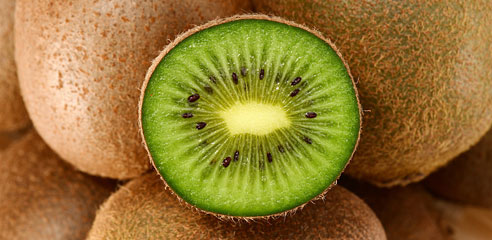

It is precisely because there is abundant sunlight, rainfall, and fertile soil there, which creates an ideal natural growing environment for kiwifruit orchards. The growth cycle of kiwifruit is very long, up to 240 days a year at most. Therefore, one can enjoy kiwifruits produced in New Zealand from May to October every year.
 United States
United States


 Chile
Chile


This kind of blueberry has delicate, round and ripe pulp, with a sweet - and - sour taste and a unique flavor. It is rich in anthocyanins. Owing to its high health - care value, it has become popular all over the world. It has been identified as one of the five major healthy foods for humans by the United Nations Food Organization, and is also known as the "queen of fruits" and the "king of berries".
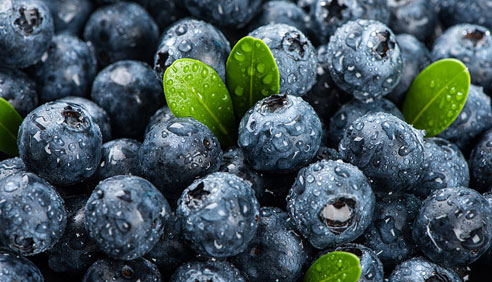
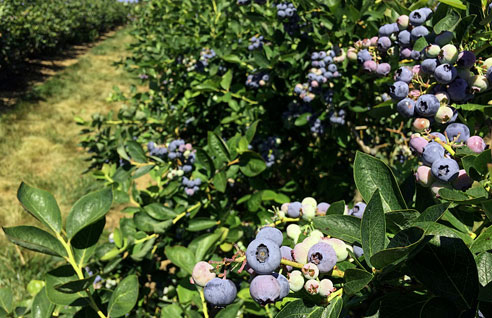
Its blueberry planting area has reached 18,800 hectares, making it the largest blueberry exporter in South America and the second-largest in the world. In South America, thanks to long hours of sunlight, large temperature differences, and acidic soil with a relatively low pH value, blueberries in Chile can accumulate sugar and absorb abundant organic substances and nutrients.


 Zhejiang
Zhejiang
The fruits are perfectly round and have long "stood out from the crowd" with excellent fruit characteristics such as tender and soft flesh, round and blunt flesh columns, a sweet and slightly acidic taste, and small pits. They usually mature and are put on the market around mid - June.

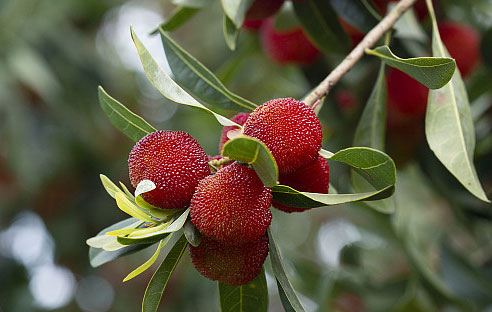
Nowadays, the origin of Chinese bayberries in Japan, South Korea, Southeast Asia, India, and California in the United States all points to the humid mountainous areas in the Yangtze River Basin and the southwestern part of China. Now, the Biqi bayberry has been promoted to various provinces and regions in southern China.
Our factory located in Hong Kong is HACCP, ISO and FSSC certified. We impose stringent quality control procedure from the point of raw materials arrived Hong Kong until squeezed juice packed in the bottle. Individual batch number is also assigned to each lot of finished products to ensure traceability even the finish products left the warehouse.





Room 1002, 10th Floor, Building 1, No. 188 Nandan East Road, Xuhui District, Shanghai City

shine@sun-shinejuice.com

400-920-0142
Copyright© 2025 SHINE & SHINE All Rights Reserved. ICP Filing Number: 沪ICP备2025110139号-1